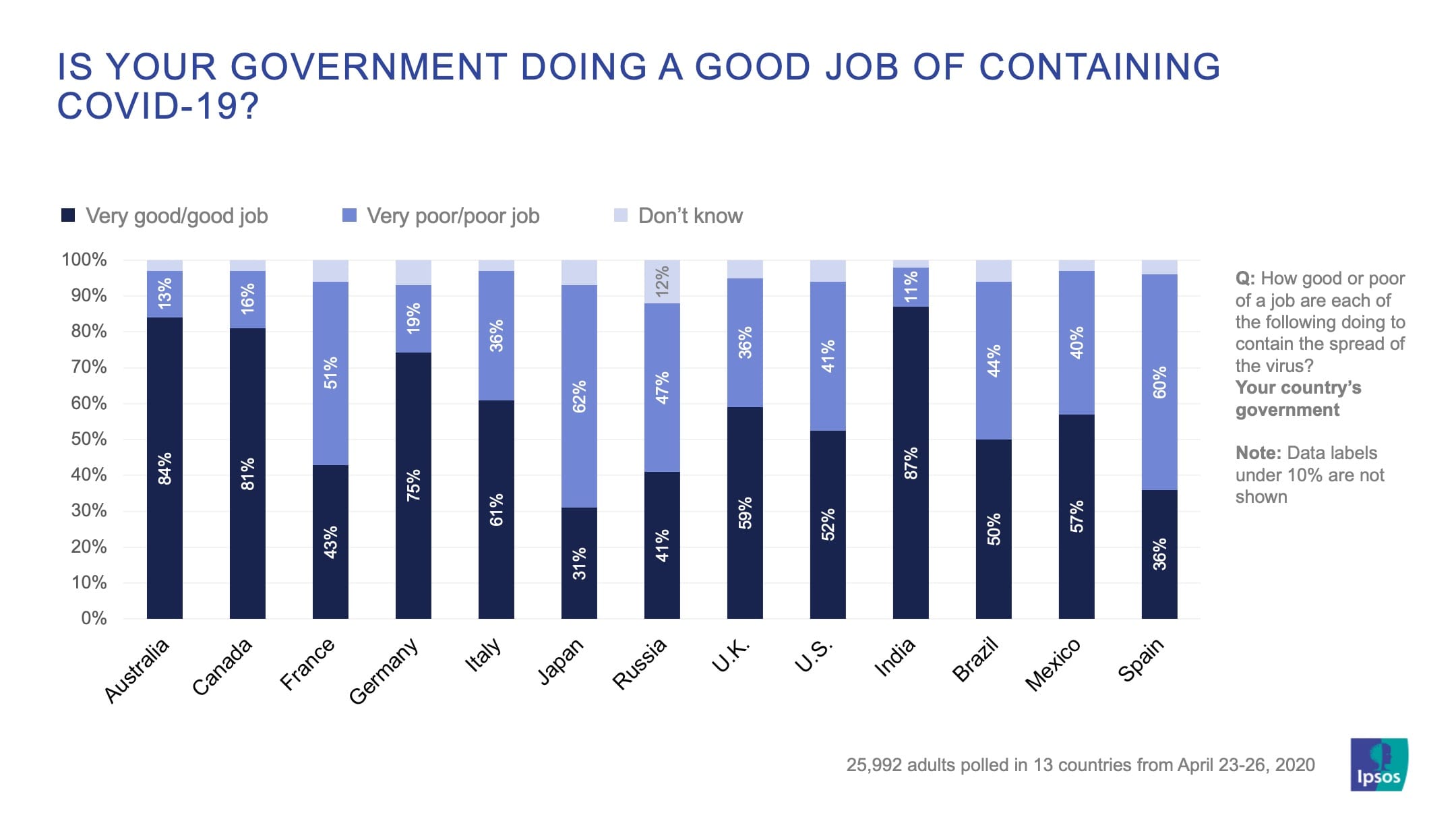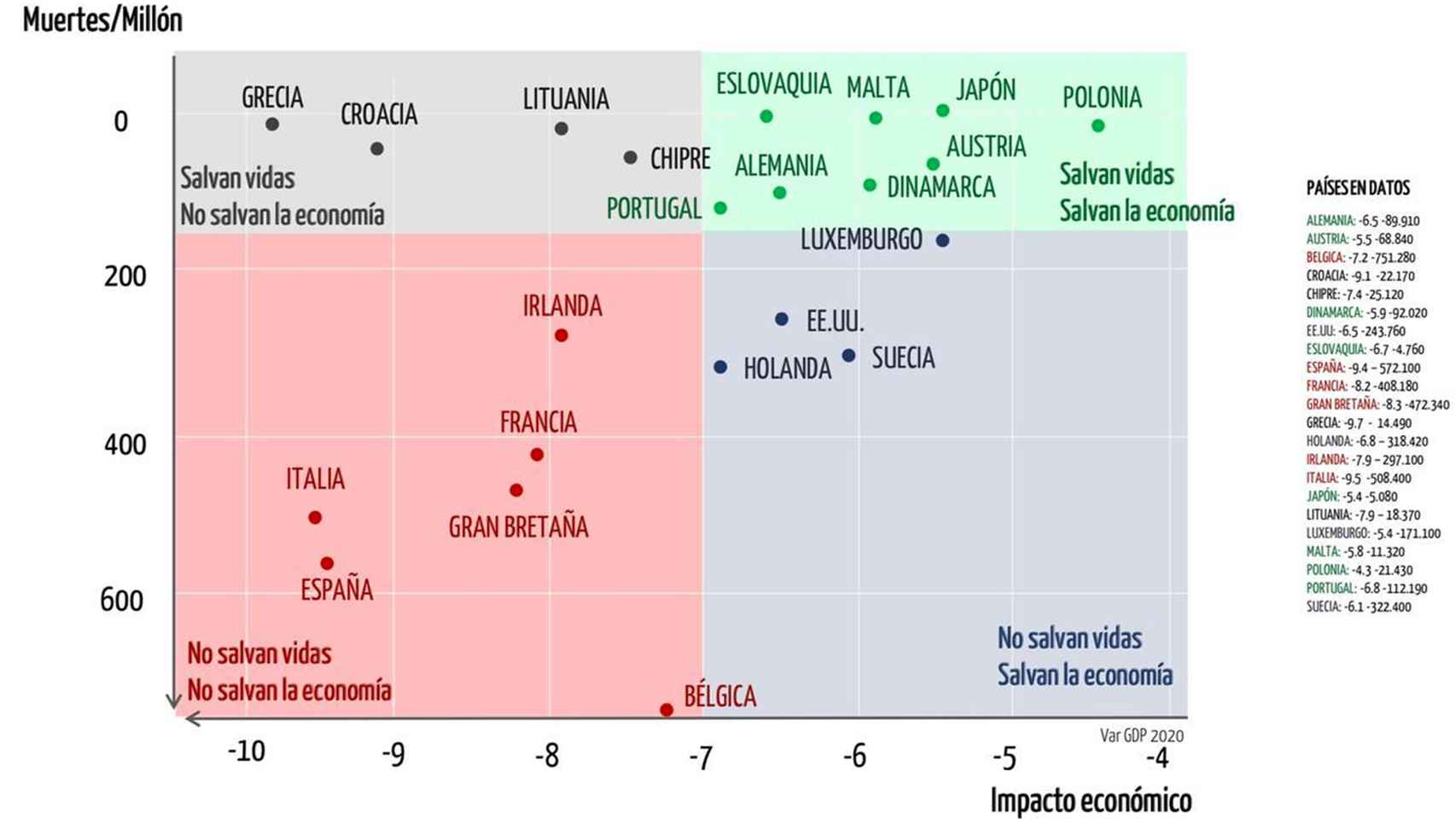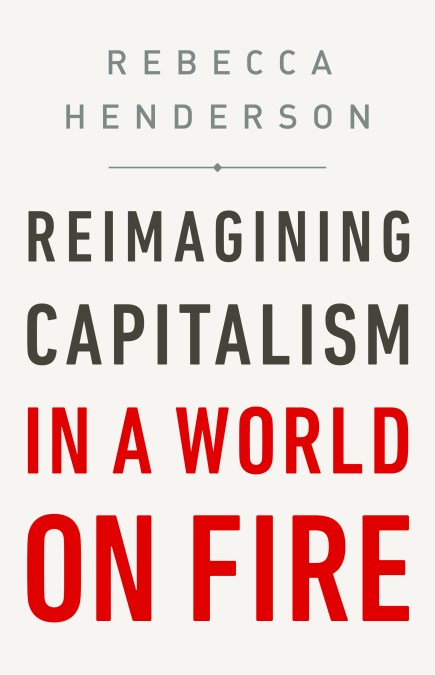Building the critical path for COVID-19 therapeutics
How to Discover Antiviral Drugs Quickly
The world needs Covid-19 vaccines. It may also be overestimating their power
From CFR:
Public officials worldwide have stressed that the pandemic likely will not end until there is an effective vaccine. Even after a vaccine is approved, however, there remains the tremendous challenge of producing enough of it for the world’s population. An estimated one billion doses would need to be manufactured just to vaccinate workers in health care and other essential industries globally, and that is if only a single dose is required for each person.From NEJM:
This task has both motivated countries to prepare for large-scale production, as well as pitted them against one another amid fears of a potentially limited vaccine supply. While Brazil, China, and India all have large vaccine industries, they also have among the largest populations, and they could reserve their vaccine supplies for their own citizens before opening them up to others. Some countries are seeking to strike monopoly agreements with vaccine manufacturers to avoid domestic shortages. Experts including CFR’s Bollyky have warned that bidding wars over a vaccine will lead to inequitable distribution and, ultimately, fail to eliminate the risk of new outbreaks.
Moreover, amid these extraordinary efforts to secure a vaccine, scientists are still investigating how this new coronavirus behaves and trying to answer the many questions people have about the risk it poses and how protected they will be. This includes how effective a vaccine will be against a mutating coronavirus, though researchers point out that mutations do not necessarily mean different strains of the virus or changes in its infectiousness or lethality. Uncovering such details about the virus, they say, will only help in the development of a successful vaccine.
So, what is happening now? The laborious, decade-long, classic pathway for the discovery and approval of new drugs could hardly be less well suited to the present pandemic. Repurposing existing drugs offers a potentially rapid mechanism to deployment, since the safety profiles are known. Therefore, a preliminary report of a supercomputer-driven ensemble docking study of a repurposing compound database to the viral S protein was published on a preprint server in mid-February, with 8000 compounds ranked according to the calculated binding affinity to the receptor-binding domain of the S protein.3 Top-ranked compounds from the original S-protein virtual screen are being tested for activity against the live virus. The results will inform future calculations in a speedy, iterative process.











